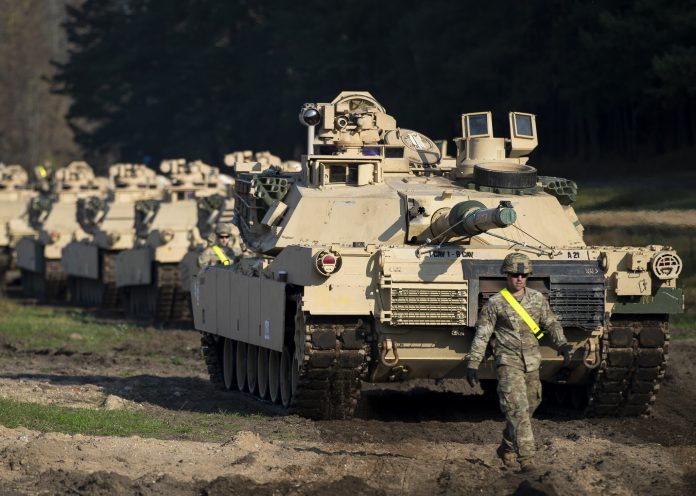The report by the Pentagon’s Office of Inspector General Robert Storch confirms the Pentagon’s strategic miscalculations regarding battle planning in Ukraine.
On 16 February, almost to the two-year anniversary of the conflict, the AFU retreated from Avdiivka, while Russian forces continue to advance on the frontlines despite support from Ukraine’s Western allies.
The Department of Defense Office of Inspector General released two reports on the maintenance of equipment provided to Ukraine: the “Evaluation of the DoD’s Sustainment Plan for Bradley, Stryker, and Abrams Armored Weapon Systems Transferred to the Ukrainian Armed Forces” and the “Evaluation of Sustainment Strategies for the PATRIOT Air Defense Systems Transferred to the Ukrainian Armed Forces.”
The reports state that the Department of Defence failed to develop and implement a sustainment plan for the Bradleys, Strykers, and Abrams armored vehicles and Phased Array Tracking Radar to Intercept on Target (PATRIOT) air defense systems transferred to the Ukraine between January and September 2023.
The gap is that without thoughtful and planned support, including adequate spare parts, ammunition and maintenance, the Ukrainians will not be able to sustain these weapons systems: “The DoD provided Ukraine with armoured vehicles and air defence systems without a plan to ensure their long-term usefulness,” according to Storch.
Consequently, Ukraine’s ability to fight effectively using US-provided equipment has been diminished. Therefore, Patriot Air Defense Systems, for instance, are only maintained within 90 days, which is highly inefficient for the Ukrainian army. By contrast, it takes 36 months or more for Ukraine to produce spare parts for Patriot and deliver them to the frontlines.
Besides, the Pentagon did not determine in detail how the armoured vehicles damaged in the battles would be repaired, as specially trained specialists were supposed to be in the field for their effective maintenance, but there is no information that the AFU units have ever undergone a full course of engineering training.
“If the DoD does not identify the sustainment requirements for the weapon systems it provides to Ukraine, then it cannot accurately predict sustainment costs or assess the long-term readiness impacts to US military units that also operate these systems,” Storch said.
The gap of this nature may mean that the US initially or incorrectly calculated its own capabilities to support Ukraine, or did not take into account all the chances of the AFU in advance and supplied the equipment just enough to remain active in the short term.
